User Story: Enhancing River Health with supercomputing: the approach of Antea Group Belgium Powered by a VSC Grant
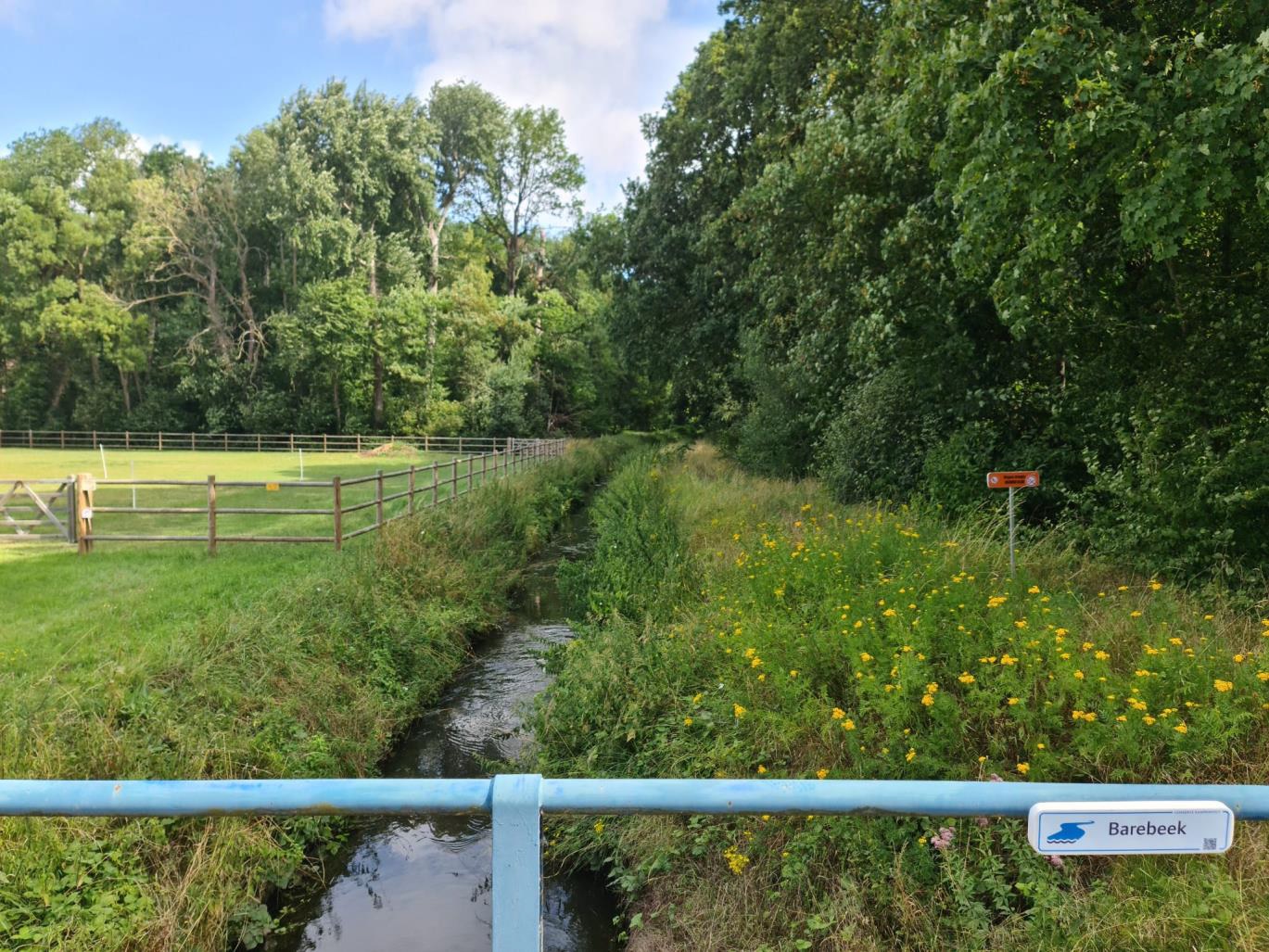
Published on 28/05/2024
Rivers in distress
Climate change impacts our weather patterns in extreme ways, leading to longer periods of dry weather and more intense periods of heavy rain. Our rivers, valleys, and water management systems struggle to cope with these new conditions.
When there's a long drought, the ground and reservoirs don't have enough water, leading to water shortages for people, agriculture, and wildlife. Then, when heavy rainfall comes, the ground can't absorb all the water quickly enough, partly because it's so dry and partly because our drainage systems can't handle the volume. This leads to floods, which can damage homes, farms, and wildlife habitats and wash away the soil and nutrients plants need to grow.
Additionally, these extremes of dry and wet conditions can weaken the structures within our watercourses, like the banks of rivers and streams. Over time, this poor structural quality can lead to further erosion and damage, making these areas even less capable of handling the changes brought by climate change.
Computer modelling to simulate hydrological, hydrodynamic, and hydro-morphodynamic processes of the rivers
As a global environmental consulting and engineering firm, Antea Group Belgium specialises in providing a wide range of services related to environmental and sustainability challenges in the environment, infrastructure, mobility, urban and spatial planning and water space. Antea Group’s river modelling team uses computer models to simulate the hydrological, hydrodynamic [1], and hydro-morphodynamic [2] processes of rivers, analyse the existing situation, and develop operational solutions. Some real examples of these simulations inside Antea Group Belgium are the hydrodynamic modelling of the Dijle river and the hydro-morphodynamic modelling of the Barebeek river.
The Barebeek
The Barebeek is a small and essential river between Brussels and Mechelen. It is a tributary of the Dijle river, which passes through Mechelen city and provides a crucial connection to Mechelen with the port of Antwerp. For several centuries, the connecting facility has been a major asset for the region's economic development.
Through simulations, Antea Group studies how the Barebeek behaves and changes due to water movement and the shape of the river bed. The simulations are a component of a larger project that plans to do similar simulations for many rivers in Flanders to find natural ways to care for the rivers.
By understanding how rivers can change with different climate conditions and land use (like farming or building), experts can develop strategies to protect the rivers and the land around them. These strategies are essential because changes to the climate and land use may cause more erosion, eroding fertile land and filling rivers.
Extra challenges
To pre-process the data and simulate hydro-morpho dynamic processes for a long duration, high-performance computing [HPC] is used.
Antea Group: “To model the processes in the rivers precisely, we need high-resolution data that covers every smallest contributing factor in space and time. For the simulations of the Barebeek, the data was at a resolution of 27 seconds at 1,500 locations, with a period of one year. This resulted in over 60 GB of data, which had to be combined with other large datasets. To be able to use this data for interpolation, combination and calculation in order to prepare discharge and sediment load boundary conditions for ICM, we needed to address at least 300 GB RAM, which is unavailable in our infrastructure.”
Antea Group: “The second test we conducted was to simulate flooding at a very fine resolution [1.0 meter] for the entire region of Flanders. These computations are impossible to solve with standard computers due to the huge volume of geometric, hydrological, soil, and vegetation data.”
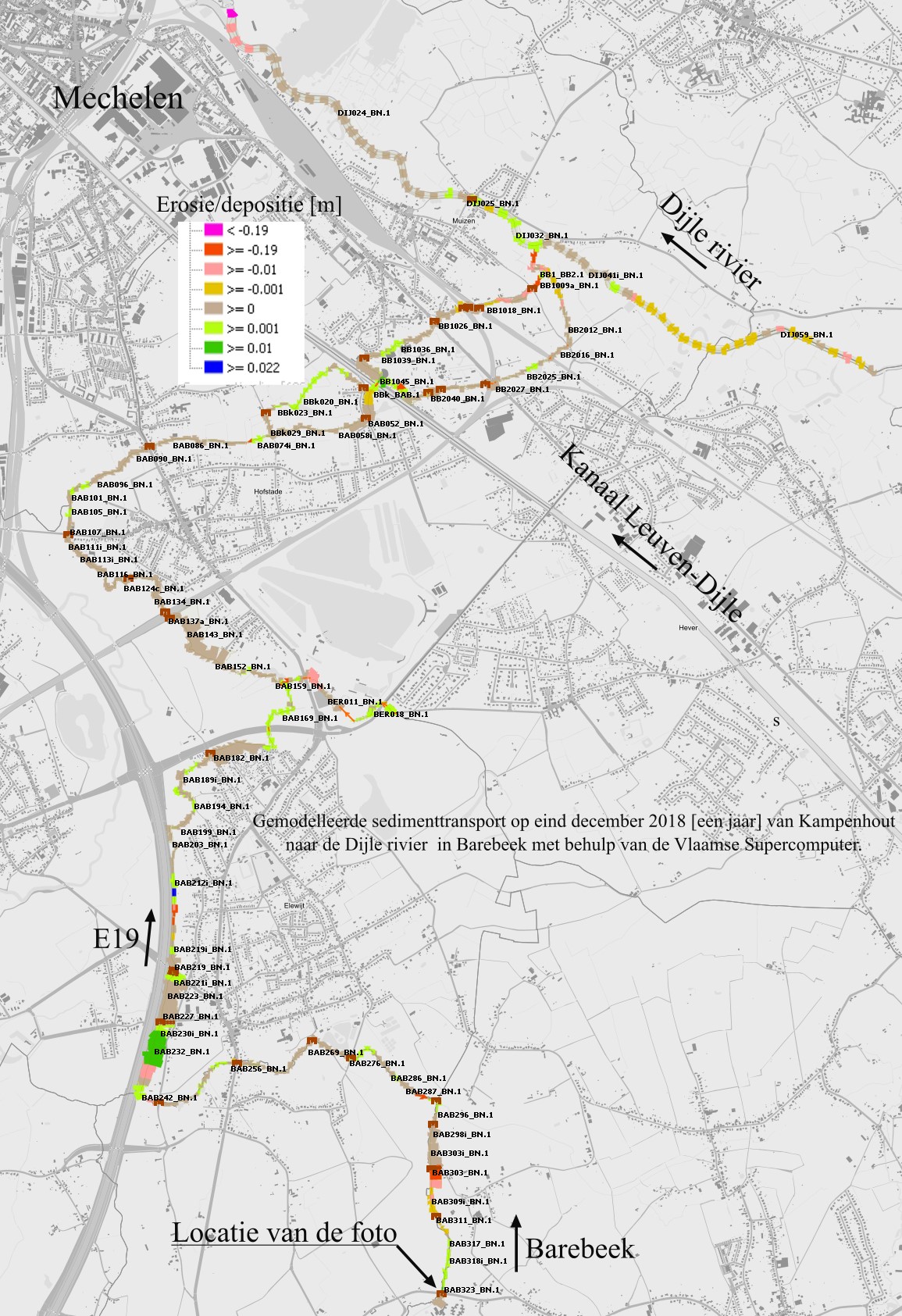
Entering the world of Tier-1 through an exploratory grant
For companies curious about the Tier-1 infrastructure and considering buying compute time, the Vlaams Supercomputer Centrum (VSC) offers an exploratory grant. Through this grant, companies can test if their software runs well on the Tier-1 supercomputer for a period of four months. They can also determine how much compute time to purchase.
Antea Group Belgium took this opportunity for a trial with both hands and applied for a VSC exploratory grant.
Steven Huysentruyt: “In today's data-driven world, we rely heavily on computational power to analyse vast datasets, simulate complex systems, train machine learning models, and execute high-performance computing tasks. The growing need for flexible computational resources pushed us to look for high-performing and reliable alternatives to our dedicated server setup.”
Get jumpstarted for a grant together with the VSC RDI team
The Research Development Innovation (RDI) team of the VSC guides companies in getting an exploratory grant. They help them analyse their workflow, apply for the right resources (CPU or GPU) and get them started in just a few steps. Moreover, the RDI team will help install the appropriate software packages to ensure the application's optimal performance.
Steven Huysentruyt: “Our application process went very smoothly. Every step of the way, from initial acquaintance to full integration within some of our projects, we could rely on the professional assistance of the VSC team, who were quick to respond to support questions, and to co-create working solutions to any integration problems we faced.”
Grant results in valuable insights and the development of new technical skills for using HPC
Through the VSC exploratory grant, Antea Group gained valuable insights and developed technical skills across multiple disciplines for using supercomputer infrastructure. Sardar Ateeq: “One of the primary lessons was the importance of resource management, which involves efficiently managing the allocation of supercomputer resources, such as CPU time and memory, to optimise performance.
Queue management was also new to us: submitting, monitoring progress and a better understanding of the processing time of specific algorithms with variable resolution datasets. Together with the VSC support, we also managed to create several EasyBuild [3] files on a software package we frequently use.”
Parallel computing presented another area of growth, as the team learned how to design and implement parallel algorithms to take advantage of the parallel processing power. Sardar Ateeq: “Refactoring our code to make it suitable for parallel computing typically involves breaking down the problem into smaller, independent tasks that can be executed concurrently on multiple processing units (e.g., CPU cores or GPUs).”
Data access rights are strictly handled by VSC. The project-based manner of working with large datasets gave Antea Group a flexible solution for processing data with different colleagues or clients.
Sardar Ateeq: “Taking all the advantages and lessons learnt, optimising our workflows and implementing them on a supercomputer can result in a more effective cost management structure.”
Reaching results faster without sacrificing quality
Thanks to the increased computational power by using VSC resources, Antea Group could significantly reduce runtimes by performing iterative simulations and other activities faster.
Steven Huysentruyt: “It helps us reach results faster for our clients without sacrificing quality. Even more so, thanks to the VSC, we can simulate all scenarios simultaneously, providing new opportunities for simulating complex climate effects, ultimately leading to possible better policies and projects in the field of early warning systems, (multi-hazard) climate risk assessments, climate and climate adaptation initiatives across the globe.”
Making a difference in protecting society
As demonstrated by the Antea Group Belgium's comprehensive simulations, river modelling influences societal welfare and environmental management. For instance, hydrodynamic modelling of the Dijle river helps river managers safeguard Leuven against potential floods. Similarly, the hydro-morphodynamic modelling of the Barebeek river can support them in maintaining the Dijle river's unimpeded flow, free from sediment blockages. Beyond individual rivers, the flood mapping of the entire Flanders region identifies areas at high risk of flooding, enabling proactive measures to protect communities. Furthermore, as a decision support system it offers emergency responders and policymakers a dynamic tool for analysing scenarios across varying rainfall and storm intensities and durations. Additionally, developing an erosion management plan can pinpoint critical locations at risk of erosion, including government buildings, railway lines, bridges, road networks, historical buildings, and habitats of protected species.
These detailed projects show how river modelling can make a difference in protecting society, saving the environment, and keeping our infrastructure safe. They highlight the many advantages of using advanced simulations to manage rivers better.
Apply for an exploratory grant and increase the efficiency of your computational processes
Antea Group Belgium is excited by the possibilities the collaboration with VSC represents. It intends to explore the new opportunities VSC resources can unlock in the climate & sediment modelling field.
Steven Huysentruyt: “Based on the positive experience within the exploratory contract, we entered into a regular long-term contract and are very excited about maximising possibilities for increased project performance within the Vlaams Supercomputer Centrum framework. We recommend applying for an exploratory grant. It will help you achieve fast and economical simulations to increase the efficiency of your computational processes.”
[1] Hydrodynamic processes: focus on the movement of water
[2] Hydro-morphodynamic processes: focus on the movement of water and movement of sediments
[3] EasyBuild is a software build and installation framework that allows to manage (scientific) software on supercomputing systems in an efficient way, more info via https://easybuild.io/ . You can also read our HPC story on EasyBuild via https://www.enccb.be/interview-eb1 and https://www.enccb.be/interview-eb2
Want to start your supercomputing journey easily, as Antea Group did? Apply for a VSC exploratory grant via ? https://www.vscentrum.be/compute
dr. ir. Sardar Ateeq Ur Rehman, Senior Advisor Integrated Water &Climate Solutions, Antea Group Belgium
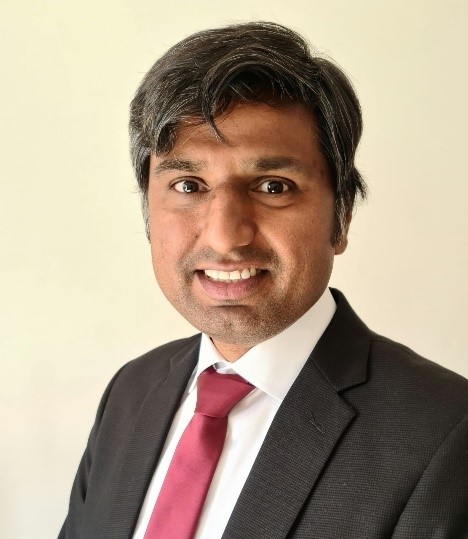
Dr.-Ing. Sardar Ateeq is a senior advisor at Antea Group Belgium. He obtained a PhD in Hydraulic and Water Resources Engineering from the Technical University of Munich, Germany, with the highest distinction [summa cum laude]. He automates 1D/2D/3D hydrodynamic and morphodynamic simulations, significantly reducing project costs and enhancing the precision of engineering designs and numerical calculations. He is actively involved in developing and improving hydrodynamic and morphodynamic simulation tools according to project requirements, utilizing both standard PCs and high-performance computing (HPC). He believes in open science and open-source numerical modelling. With more than 10 years of experience as a hydraulic engineer, he has performed numerical modelling simulations of flooding and sediment transport on several international projects using his automatic calibration and validation concept. His single-click & play concept reads all inputs, simulates, analyzes, and outputs hazard risk maps automatically.
Steven Huysentruyt Principal Advisor IT and Data Solutions, Antea Group Belgium
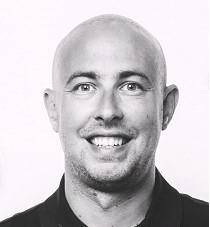
Steven Huysentruyt is a Principal Advisor IT and Data Solutions working within the business unit Water of Antea Group Belgium. After his studies Informatics in 2006, he started as an IT consultant in the engineering firm. He actively develops and maintains multiple digital (web) platforms for external and internal clients. His wide interest in technology led him to deepening his knowledge on Big Data (Ugent - 2017) and AI (Howest - 2021).
Nijs Klaas, Business Development Manager, Integrated Water & Climate Solutions, Antea Group Belgium
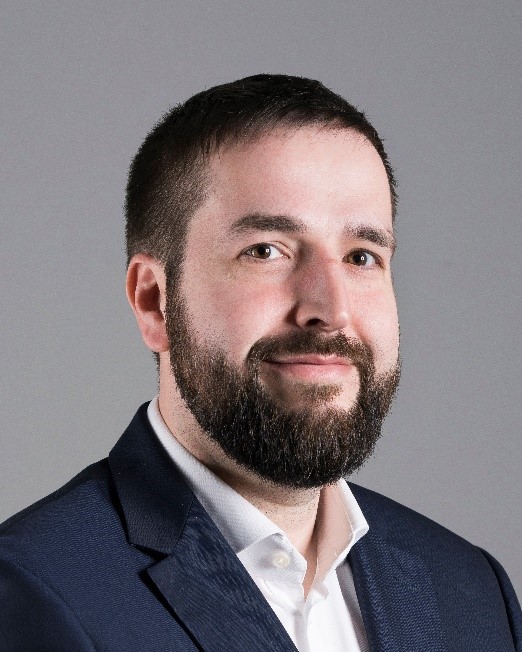
Klaas Nijs is currently Business Development Manager for the Business Unit Water at Antea Group Belgium. His career has focused primarily on climate and energy policy issues, with a particular emphasis on levers for transforming European industry actors to achieve climate neutrality. Throughout his different roles he gained invaluable insights into key actions for developing and implementing climate policies both in the public and private sector, as well as strategies and plans to achieve these goals in a coherent, timely, and economically viable manner.